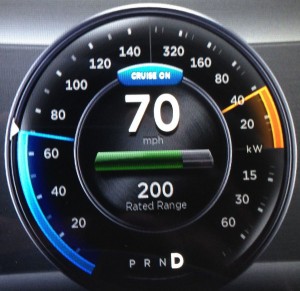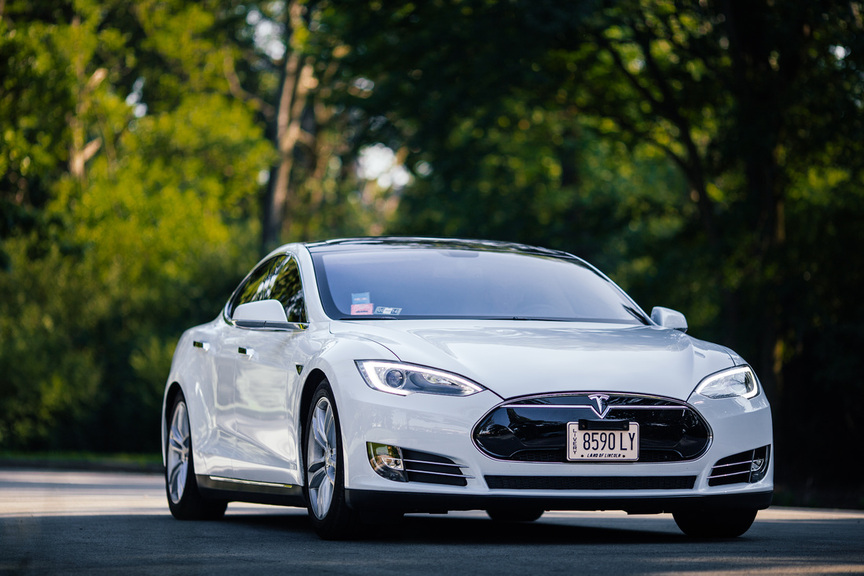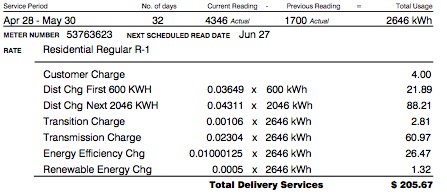Lifestyle
EV Basics – What’s a kilowatt hour?
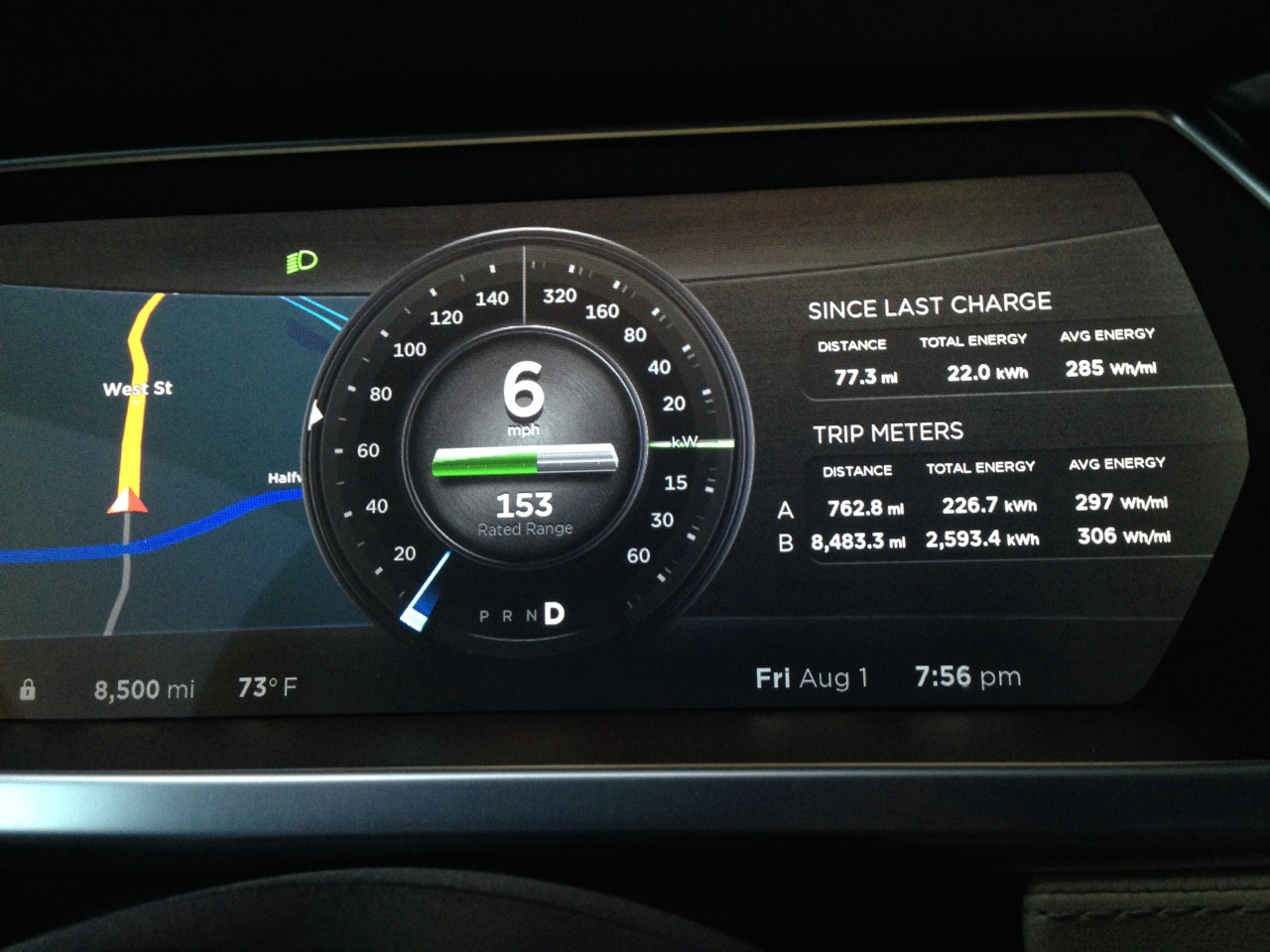
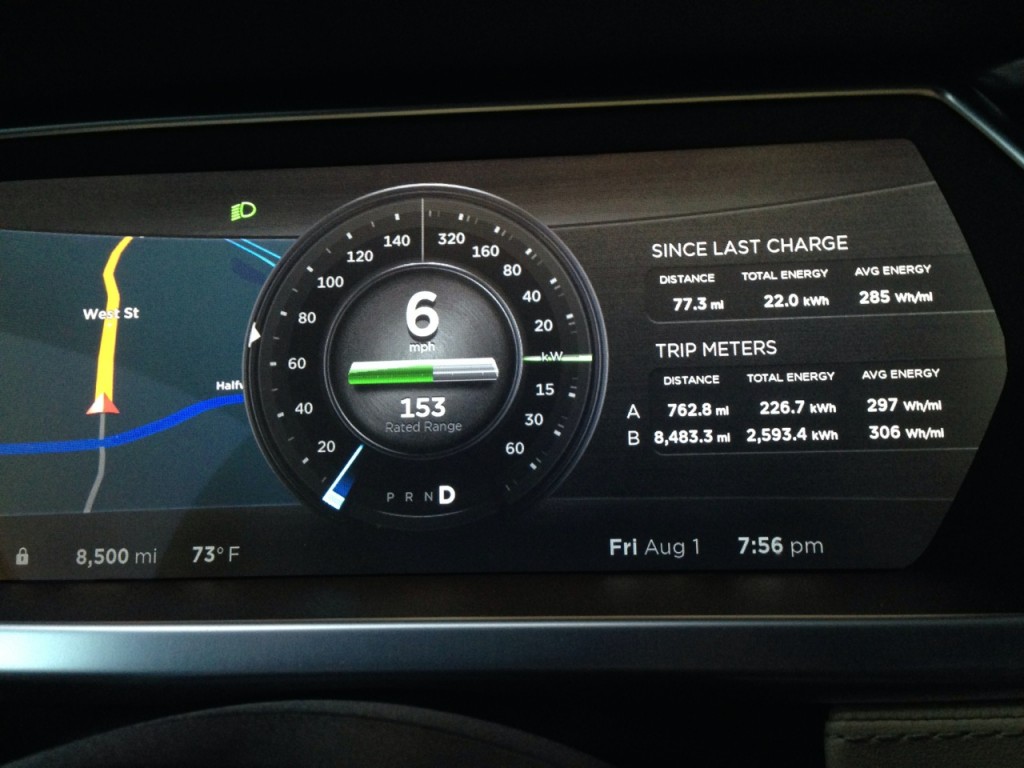
So what’s a kilowatt hour or shall we ask Watts a Kilowatt hour?
As more car buyers take the plunge into owning an electric vehicle (EV), it’s important to educate on the EV specific units of measure which differ greatly than your traditional gas burning vehicle. What is a kilowatt hour? How does it differ from a kilowatt? And why does this even matter?
Background
First, let me preface everything by saying that much of what I’m about to write is based on US specific units of measure since that’s what I’m familiar with. For instance, miles vs km and US dollars versus Euros. I’m also over simplifying and breaking things down to basic laymen terms so please cut me some slack if you already know all this!
If you receive a utility bill for your residence then you should probably be somewhat familiar with, or have heard of, a kilowatt (kW) and kilowatt hours (kWh) since that’s what electricity bills are measured on. Your EV is no different and uses these same units of measure although it’s probably something you haven’t paid much attention to in the past.
kW and kWh Units
Depending on the EV display you may see watt hours (Wh) or kilowatt hours (kWh) in some places and watts (W) and kilowatts (kW) in others. The kilo or k is a standard prefix meaning a thousand. So 1 kWh is 1,000 Wh. If you own your EV long enough you may just get to the next level, megawatt hour (MWh) which would be one million Wh!
Now for the fundamental definitions:
kW is a measurement of power and kWh is a measurement of energy.
Energy is the amount of work that can be performed. kWh, calories, joules are all units of energy. A slice of pizza has 285 calories which is 0.33 Wh of energy that can be derived from that substance. Energy can be converted and change in form. For instance we can convert that slice of pizza to heat by setting it on fire. The fuel is the pizza, but don’t try converting it in your EV!
Power is the rate at which energy is generated or used. kW is a unit of power. When you accelerate in your EV you’re using power and when you decelerate with regenerative braking you’re generating power. The Model S dedicates half the speedometer display to the unit of power on the right side. There you can see how many kW you are using (indicator is orange) or generating (indicator is green) at any instance in time. It’s great to be able to see this however you can’t easily convert this into a cost. In order to do that, you’ll need to measure it over time and convert it into a unit of energy.
Power is similar to your speed. 50mph is your speed, but you have to maintain that for an hour to travel 50 miles. Similarly, 40kW is how much power you’re using and you’ll have to maintain that consumption for one hour to use 40kWh. If you spend half that hour at 40kW and the other half at 20kW you’ll end up consuming 30kWh. Power usage is constantly changing and will depend on driving habit as well as usage of onboard amenities such as your seat heaters or A/C unit.
A 100W incandescent light bulb used over 1 hour will consume 100Wh of energy. If you use that 100W bulb for 8 hours every day, it will consume 800W or 0.8 kWh per day. After 30 days, it will have consumed 0.8kWh x 30 = 24 kWh. After 365 days it will have consumed 292 kWh. Measuring your EV is done in a similar fashion but keep in mind that an EV can both use and generate power (regenerative braking) over periods of time. The difference or net power used (used – generated) is what you see reported on your EV display.
Units for Charging
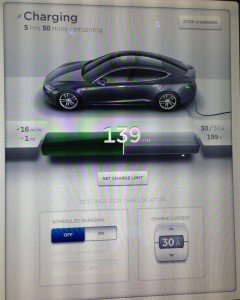 Charging your EV you transfers energy back into your battery so you’re effectively storing kWh for later use. EVs report charging in different ways but the most common is to report by kW and kWh added. So a charge rate of 6 kW is storing 6kWh for every hour of charge. If you’re charging at 6kWh and charge for 2 hours you’ll have an extra 12kWh added at the end of your charge.
Charging your EV you transfers energy back into your battery so you’re effectively storing kWh for later use. EVs report charging in different ways but the most common is to report by kW and kWh added. So a charge rate of 6 kW is storing 6kWh for every hour of charge. If you’re charging at 6kWh and charge for 2 hours you’ll have an extra 12kWh added at the end of your charge.
When it comes to driving, we’re trained to think in terms of miles, but not all miles travelled are the same when it comes to energy usage since there are variations in terrain and elevations. Weather also plays a factor for each mile travelled. A kWh stored, on the other hand, is always the same. The main difference is how you use that kWh.
The Model S offers the option to display charge rate by kW and kWh or by miles. Not surprisingly most Tesla owners choose to display charge rate in terms of miles. However it’s important to note that there’s a huge assumption being made about how many miles you can drive on a Wh and that assumption needs to account for charging efficiency. Tesla uses their proprietary algorithm to compute this value.
On Tesla’s online calculator they assume 300Wh/mile average use and a 90% charging efficiency. My own measurements show the average Wh/mile usage to be a bit higher (306 lifetime average) and the charging efficiency to be slightly less (81% last month).
What about Volts vs Amps?
Now you may be wondering how all this relates to volts and amps. This gets us back to the basics. One can calculate watts by multiplying volts with amps. W = V x A. So if you’re at a public charger and it’s charging at 199V and 30A (reference picture above), you’re essentially charging at 199V x 30A = 5,970W or about 6kW. This equates to 6kWh added after an hour of charging, but as we all know this is based on an ideal world where it charges at 100% efficiency with no loss. At 199V and 30A, the Model S is reporting this as a rate of 16 mi/hr.
Lets check that math:
5,970W/300Wh/mile standard assumption = theoretical 20 miles/hr charge rate. But that doesn’t account for charging efficiency. The Model S is reporting 16 mi/hr so its assuming an 80% charging efficiency (16/20) under these conditions.
Cost
Utility bills price per kWh. Your electric company may break it down by distribution vs generation, time of use, etc. and then associate a different cost per kWh on each pricing tier. It seems complex but you can simplify this.
To figure out your total cost per kWh just take your total amount of the bill and divide it by your total energy usage for the same period. That may include the various service fees, taxes, etc. but in the end you’re paying the electric company that total amount for those kWh regardless of what it’s derived from. Knowing this will help you calculate the costs for your road trips based on the kWh used.
Summary
Elon Musk
X account with 184 followers inadvertently saves US space program amid Musk-Trump row
Needless to say, the X user has far more than 184 followers today after his level-headed feat.

An X user with 184 followers has become the unlikely hero of the United States’ space program by effectively de-escalating a row between SpaceX CEO Elon Musk and President Donald Trump on social media.
Needless to say, the X user has far more than 184 followers today after his level-headed feat.
A Near Fall
During Elon Musk and Donald Trump’s fallout last week, the U.S. President stated in a post on Truth Social that a good way for the United States government to save money would be to terminate subsidies and contracts from the CEO’s companies. Musk responded to Trump’s post by stating that SpaceX will start decommissioning its Dragon spacecraft immediately.
Musk’s comment was received with shock among the space community, partly because the U.S. space program is currently reliant on SpaceX to send supplies and astronauts to the International Space Station (ISS). Without Dragon, the United States will likely have to utilize Russia’s Soyuz for the same services—at a significantly higher price.
X User to the Rescue
It was evident among X users that Musk’s comments about Dragon being decommissioned were posted while emotions were high. It was then no surprise that an X account with 184 followers, @Fab25june, commented on Musk’s post, urging the CEO to rethink his decision. “This is a shame this back and forth. You are both better than this. Cool off and take a step back for a couple days,” the X user wrote in a reply.
Much to the social media platform’s surprise, Musk responded to the user. Even more surprising, the CEO stated that SpaceX would not be decommissioning Dragon after all. “Good advice. Ok, we won’t decommission Dragon,” Musk wrote in a post on X.
Not Planned, But Welcomed
The X user’s comment and Musk’s response were received extremely well by social media users, many of whom noted that @Fab25june’s X comment effectively saved the U.S. space program. In a follow-up comment, the X user, who has over 9,100 followers as of writing, stated that he did not really plan on being a mediator between Musk and Trump.
“Elon Musk replied to me. Somehow, I became the accidental peace broker between two billionaires. I didn’t plan this. I was just being me. Two great minds can do wonders. Sometimes, all it takes is a breather. Grateful for every like, DM, and new follow. Life’s weird. The internet’s weirder. Let’s ride. (Manifesting peace… and maybe a Model Y.)” the X user wrote.
Lifestyle
Tesla Cybertruck takes a bump from epic failing Dodge Charger
The Cybertruck seemed unharmed by the charging Charger.
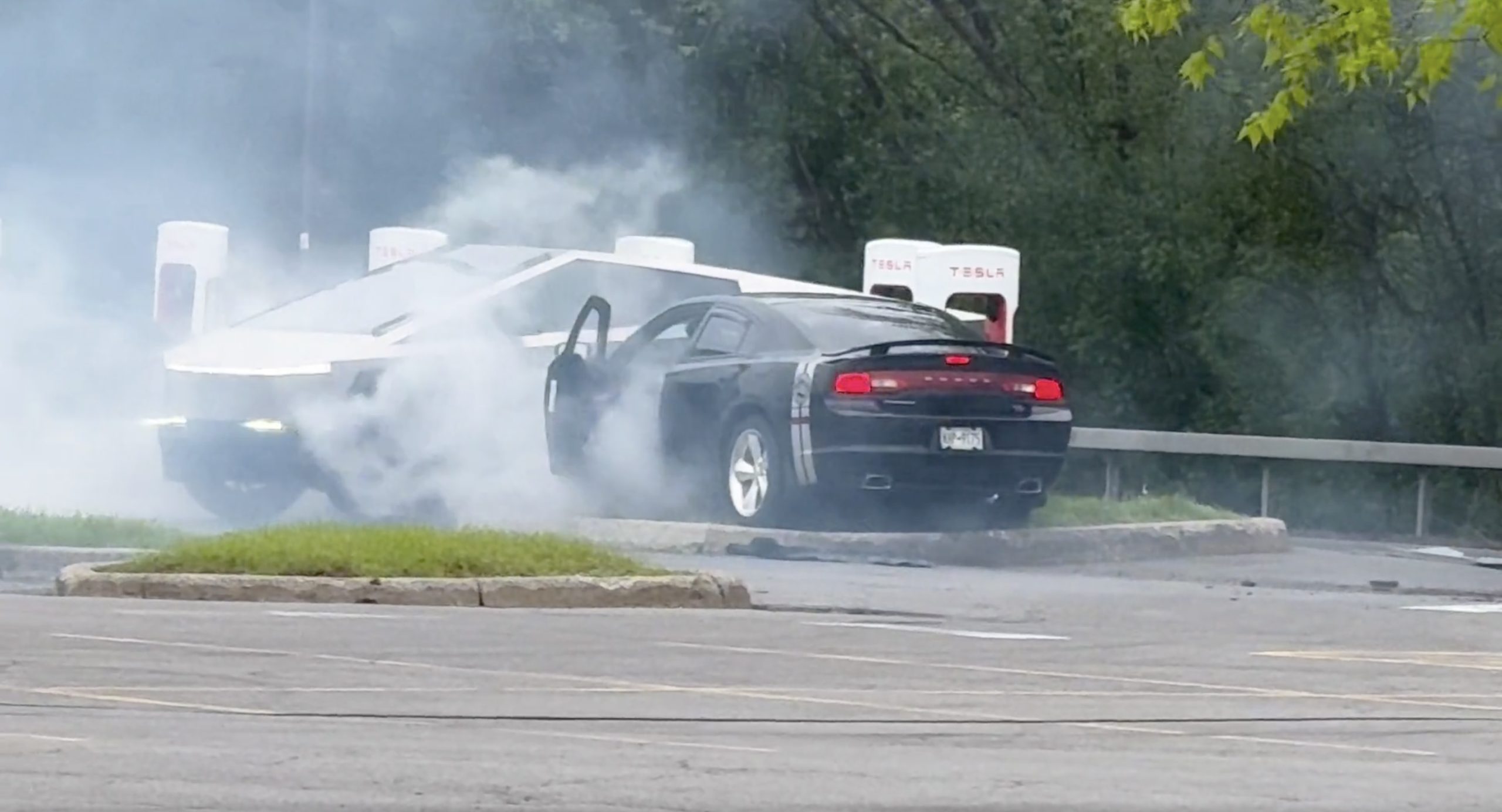
There comes a time in a driver’s life when one is faced with one’s limitations. For the driver of a Dodge Charger, this time came when he lost control and crashed into a Tesla Cybertruck–an absolute epic fail.
A video of the rather unfortunate incident was shared on the r/TeslaLounge subreddit.
Charging Charger Fails
As could be seen in the video, which was posted on the subreddit by Model Y owner u/Hammer_of_something, a group of teens in a Dodge Charger decided to do some burnouts at a Tesla Supercharger. Unfortunately, the driver of the Charger failed in his burnout or donut attempt, resulting in the mopar sedan going over a curb and bumping a charging Cybertruck.
Ironically, the Dodge Charger seemed to have been parked at a Supercharger stall before its driver decided to perform the failed stunt. This suggests that the vehicle was likely ICE-ing a charging stall before it had its epic fail moment. Amusingly enough, the subreddit member noted that the Cybertruck did not seem like it took any damage at all despite its bump. The Charger, however, seemed like it ran into some trouble after crashing into the truck.
Alleged Aftermath
As per the the r/TeslaLounge subreddit member, the Cybertruck owner came rushing out to his vehicle after the Dodge Charger crashed into it. The Model Y owner then sent over the full video of the incident, which clearly showed the Charger attempting a burnout, failing, and bumping into the Cybertruck. The Cybertruck owner likely appreciated the video, in part because it showed the driver of the Dodge Charger absolutely freaking out after the incident.
The Cybertruck is not an impregnable vehicle, but it can take bumps pretty well thanks to its thick stainless steel body. Based on this video, it appears that the Cybertruck can even take bumps from a charging Charger, all while chilling and charging at a Supercharger. As for the teens in the Dodge, they likely had to provide a long explanation to authorities after the incident, since the cops were called to the location.
Lifestyle
Anti-Elon Musk group crushes Tesla Model 3 with Sherman tank–with unexpected results
Ironically enough, the group’s video ended up highlighting something very positive for Tesla.
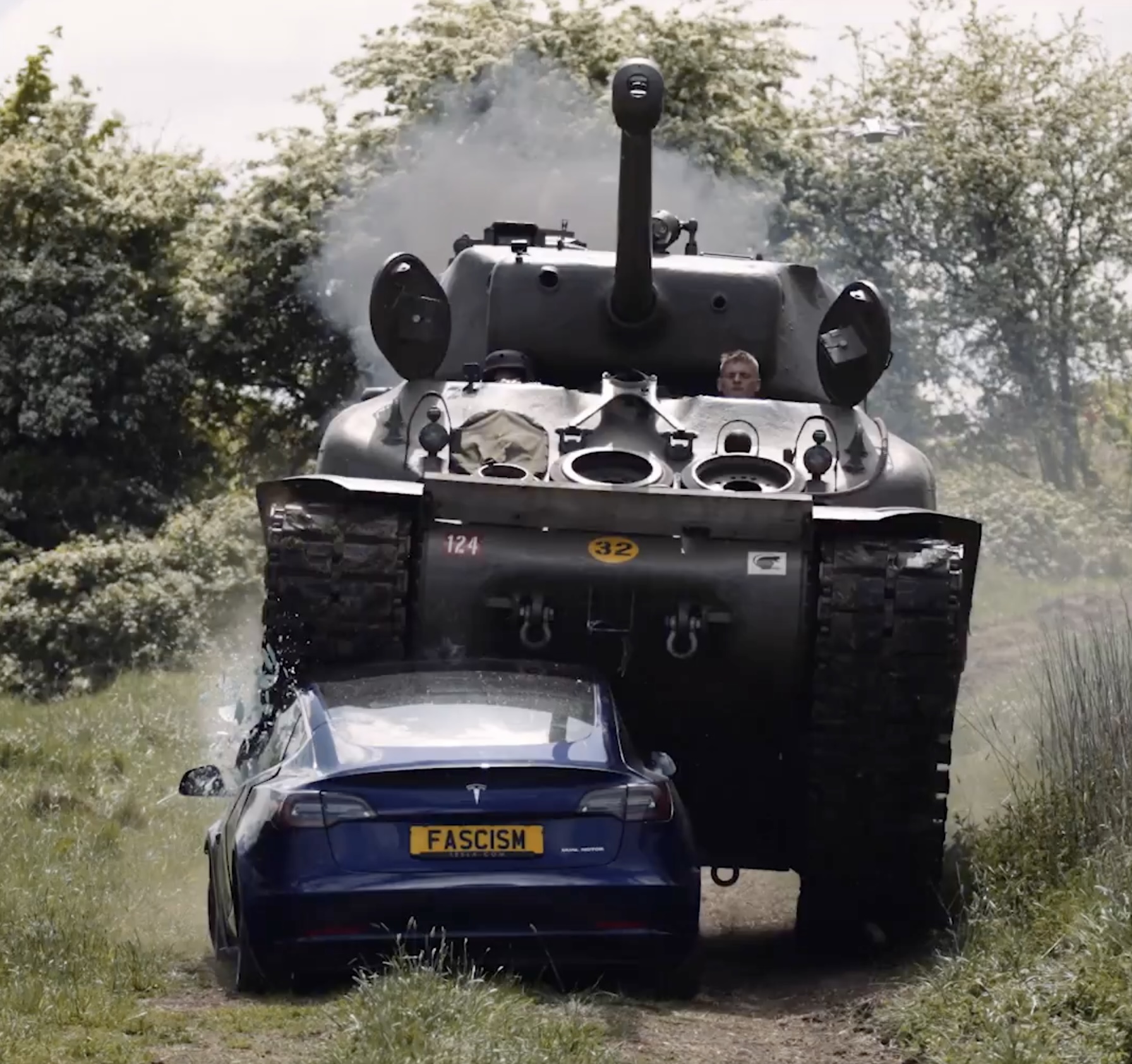
Anti-Elon Musk protesters and critics tend to show their disdain for the CEO in various ways, but a recent video from political action group Led By Donkeys definitely takes the cake when it comes to creativity.
Ironially enough, the group’s video also ended up highlighting something very positive for Tesla.
Tank vs. Tesla
In its video, Led By Donkeys featured Ken Turner, a 98-year-old veteran who served in the British army during World War II. The veteran stated that Elon Musk, the richest man in the world, is “using his immense power to support the far-right in Europe, and his money comes from Tesla cars.”
He also noted that he had a message for the Tesla CEO: “We’ve crushed fascism before and we’ll crush it again.” To emphasize his point, the veteran proceeded to drive a Sherman tank over a blue Tesla Model 3 sedan, which, of course, had a plate that read “Fascism.”
The heavy tank crushed the Model 3’s glass roof and windows, much to the delight of Led By Donkeys’ commenters on its official YouTube channel. But at the end of it all, the aftermath of the anti-Elon Musk demonstration ended up showcasing something positive for the electric vehicle maker.
Tesla Model 3 Tanks the Tank?
As could be seen from the wreckage of the Tesla Model 3 after its Sherman encounter, only the glass roof and windows of the all-electric sedan were crushed. Looking at the wreckage of the Model 3, it seemed like its doors could still be opened, and everything on its lower section looked intact.
Considering that a standard M4 Sherman weighs about 66,800 to 84,000 pounds, the Model 3 actually weathered the tank’s assault really well. Granted, the vehicle’s suspension height before the political action group’s demonstration suggests that the Model 3’s high voltage battery had been removed beforehand. But even if it hadn’t been taken off, it seemed like the vehicle’s battery would have survived the heavy ordeal without much incident.
This was highlighted in comments from users on social media platform X, many of whom noted that a person in the Model 3 could very well have survived the ordeal with the Sherman. And that, ultimately, just speaks to the safety of Tesla’s vehicles. There is a reason why Teslas consistently rank among the safest cars on the road, after all.
-

 Elon Musk5 days ago
Elon Musk5 days agoTesla investors will be shocked by Jim Cramer’s latest assessment
-

 News1 week ago
News1 week agoTesla Robotaxi’s biggest challenge seems to be this one thing
-

 Elon Musk2 weeks ago
Elon Musk2 weeks agoFirst Look at Tesla’s Robotaxi App: features, design, and more
-

 News2 weeks ago
News2 weeks agoWatch Tesla’s first driverless public Robotaxi rides in Texas
-

 News2 weeks ago
News2 weeks agoWatch the first true Tesla Robotaxi intervention by safety monitor
-

 Elon Musk2 weeks ago
Elon Musk2 weeks agoTesla to launch in India in July with vehicles already arriving: report
-
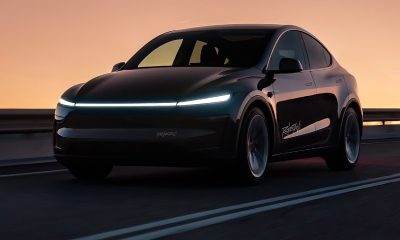
 Elon Musk2 weeks ago
Elon Musk2 weeks agoTesla officially launches Robotaxi service with no driver
-

 Elon Musk1 week ago
Elon Musk1 week agoA Tesla just delivered itself to a customer autonomously, Elon Musk confirms

